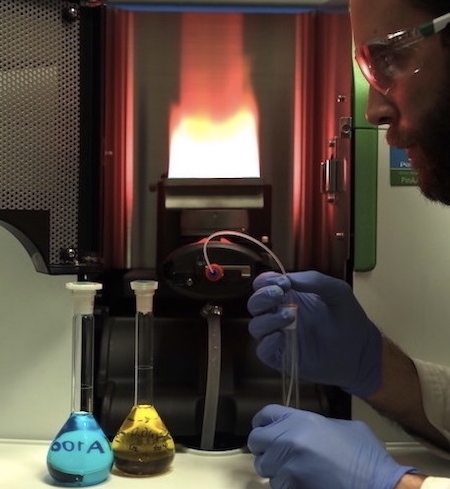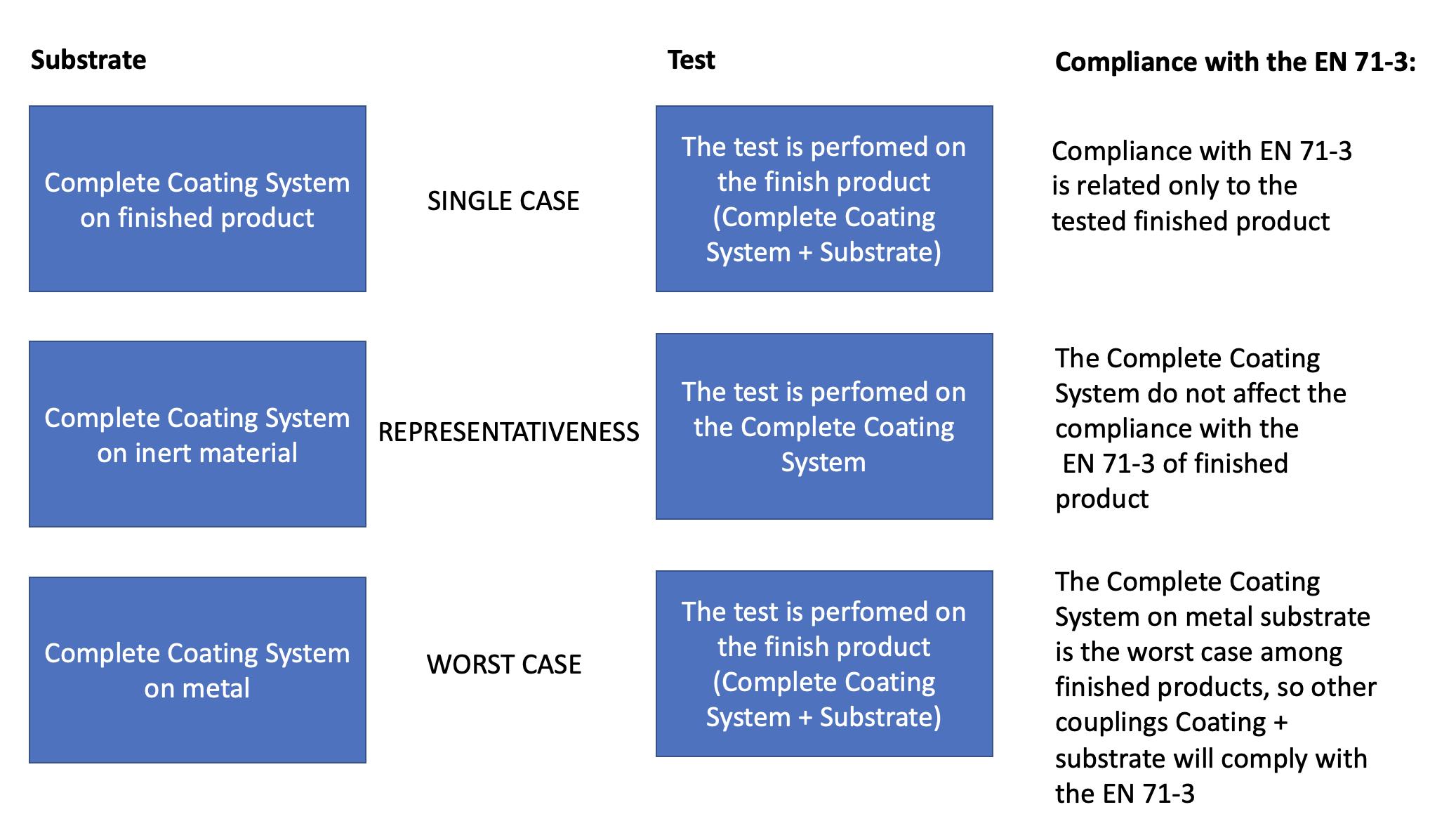
In mathematics there is no doubt, in an addition the addends result in the sum.
In other situations, this rule is often disregarded since, by combining different elements, we often obtain a result whose characteristics differ from the simple sum of the addends used. The most glaring example of this is in chemistry where the characteristics of the reagents often differ greatly from those of the chemical compound produced. Just think of foamed polyurethane (a stable and inert product found in various applications in the furniture and building industries) starting with the two precursors: the first belongs to the isocyanate family (usually in liquid form and quite toxic) and the second derives from the glycol family (which range in uses and applications includes also cosmetics and the food industry).
The industrial finished productThis principle can be applied to industrial processing, be it a simple mechanical or physical processing or, even more so, a chemical processing. In fact, the finished product shows
characteristics that are different from the simple sum of its constituent components, and this guarantees its added value in terms of performance.
The concept of added value is expressed in the physical and chemical properties, usability and appearance that contribute to the uniqueness of the end product.
If you want to measure these properties and determine their compatibility with the various specifications and standards, it becomes essential to consider
the uniqueness of each product and possible variant.
On the other hand, testing all the individual finished products can be very costly for a company. One might think of testing the individual components that form the basis of different finished products, but in this case, due to what was written above, they may not be representative of the final properties.
Consider, for example, the quantification analysis of a toxic chemical compound in a paint.
What it could be analysed is:
- the paint applied on the finished product,

- the different components of coating system, if any.
Each of these analyses provides different information:
- in the first case the toxicity of the product,
- in the second, the presence or absence of the toxic compound in the components.
However, this last part of information is not necessarily linked to the toxicity of the finished product due to possible chemical reactions (as in the case of the isocyanates in the initial example) or the specific combinations of the coating system that could decrease or increase its final toxicity.
It is therefore
essential to determine
the type of information required and to use two other fundamental concepts:
“the worst case” and
representativeness.By combining these three concepts, it is possible to
reduce the necessary analyses and to surely assess the desired characteristics of the finished product.
The worst case
The "worst case" is the worst possible configuration for a given characteristic, if it is compliant then the other cases will be too. The definition of the "worst case" requires a preliminary study, but subsequently it will involve a gain in terms of number of analyses.For example, when analyzing the emission of volatile organic compounds (VOCs) in a set of water-based paints containing high-boiling co-solvents in the ingredients, the "worst case" will be the one that contains the highest percentage of co-solvents (with the same composition of the co-solvent mixture). In fact, as they are mainly responsible for emissions, consequently, if the product that contains the highest amount of such substances is below the limit, also the other paints that contain them, in a lowest percentage, will be compliant. In this case it makes much more sense to analyze the finished product than the simple mixture of co-solvents, as the dilution ratio is a fundamental parameter in determining the desired information (for this example, the emission of VOCs), but on the other side it is not practical to analyze the whole set of finished products.
The representativeness
On the other hand, the representativeness makes different products similar with reference to the characteristic to be analysed, without that the differences between the products can have an impact on this determination. Also in this case the preliminary study determines a reduction in terms of number of analysis.
For example, considering a set of paints that differs only in the color given by different organic dyes, if the information to look for is the presence of heavy metals it can be argued that the presence of different organic dyes is not a parameter that influences the analyses. So, any paint will be representative of the whole set for that type of analysis. However, by varying the information to be assessed and in order to evaluate, for example, the effects on the applied paints caused by a long exposure to the light, the variation of the organic dye will be fundamental to determine the effects of the exposure and, consequently, the representativeness of a single product for the entire set is lost.
In conclusion, let's present an example that takes into account what has been written in this short article, by considering the assessment of the “migration of some metallic elements”. This test derives from the EN 71-3 standard linked to the world of toys and often used in finishes and components for as a safety test for children furniture. The test refers to the ability of different elements to "migrate" or not from the finished product by reproducing in the lab an accidental ingestion.
The test could be confused with the determination of the presence of the elements in the finished product. It is obvious that the absence of the dangerous elements results also in the impossibility of their migration (dissolution in the chemical reagent simulating the stomach liquids). But the opposite case, the positive result in the assessment of the metals content in the paint, does not directly implies their sure migration (dissolution) in the testing liquid prescribed by the standard.

For information:Tommaso Pascolini
+39 0432 747257
pascolini@catas.com



